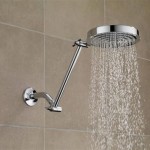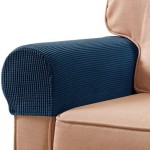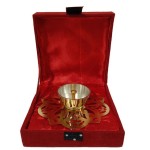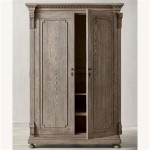Warm Season Grasses: Essential Aspects
Warm season grasses thrive in warmer climates, showcasing an array of benefits for homeowners and landscapers alike. These robust grasses are adapted to tolerate heat, drought, and high temperatures, making them ideal for regions with long, hot summers.
Warm season grasses are generally characterized by their wider leaf blades and rapid growth rate. They enter a period of active growth during the warmer months, exhibiting a vibrant green color. As temperatures drop in the fall, these grasses transition to a dormant state, turning tan or brown and reducing their growth.
Benefits of Warm Season Grasses
Warm season grasses offer numerous advantages, including:
- Heat and Drought Tolerance: These grasses are highly tolerant of high temperatures and prolonged periods of drought, making them suitable for arid or semi-arid climates.
- Rapid Growth: Warm season grasses grow quickly during the warmer months, providing a lush, dense lawn or groundcover with minimal effort.
- Durability: These grasses are generally resilient and durable, withstanding heavy foot traffic and other forms of wear and tear.
- Attractive Appearance: Warm season grasses can create a visually stunning lawn or landscape, with their vibrant green color and lush texture.
- Low Maintenance: These grasses require relatively low maintenance, making them a good choice for busy homeowners or those seeking a low-care lawn.
Common Types of Warm Season Grasses
There are several common types of warm season grasses available, each with unique characteristics and advantages:
- Bermuda Grass: Known for its fine texture, heat tolerance, and resilience, Bermuda grass is a popular choice for sports fields and well-maintained lawns.
- Zoysia Grass: A slow-growing, fine-textured grass, Zoysia grass offers excellent drought tolerance and a dense, wear-resistant lawn.
- Buffalo Grass: A native grass with a coarse texture and excellent heat and drought tolerance, Buffalo grass is well-suited for dry climates.
- St. Augustine Grass: A shade-tolerant grass with medium-textured leaves, St. Augustine grass is ideal for partially shaded areas.
- Centipede Grass: With a fine texture and good shade tolerance, Centipede grass is a low-maintenance option for low-light areas.
Choosing the Right Warm Season Grass
When selecting a warm season grass for your lawn or landscape, consider the following factors:
- Climate: The climate in your region will significantly impact the type of warm season grass you can grow.
- Soil Conditions: The pH level, drainage, and fertility of your soil can influence grass growth.
- Amount of Sunlight: Some warm season grasses can tolerate shade, while others require full sun.
- Foot Traffic: Consider the amount of foot traffic your lawn or landscape will experience to ensure you choose a grass that can withstand wear and tear.
- Maintenance Requirements: Different warm season grasses have varying maintenance needs, including watering, mowing, and fertilizing.
Conclusion
Warm season grasses are an excellent choice for homeowners and landscapers seeking a lush, heat-tolerant, and low-maintenance lawn or groundcover. By understanding the essential aspects of these grasses, their benefits, and the different types available, you can make an informed decision for your specific needs and climate.

What Is The Best Warm Season Grass For Your Lawn

Grounded Design By Thomas Rainer Warm Season Vs Cool Grasses

Guide To Warm Season Grasses
Archive Agriculture

Redhenspringfever Red Hen Turf Farm Page 2

How To Have A Nice Lawn In Summer Warm Season Grasses Lawncarenut

The Best Cool Season Grass For Your Lawn

Cool Season Grass Vs Warm Plant For Success

Conquer Drought With Warm Season Grasses Hay And Forage

Guide To Warm Season Grasses








